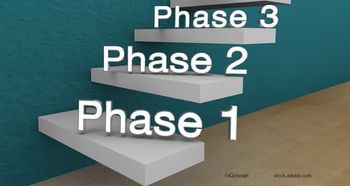
Flat corneas produce unpredictable visual outcomes after PRK
Flat, steep corneas with keratometry values of less than 35 D do not have a predictive effect on the risk of visual acuity loss after myopic photorefractive keratectomy (PRK), claims a paper in the Journal of Refractive Surgery.
Flat, steep corneas with keratometry values of less than 35 D do not have a predictive effect on the risk of visual acuity loss after myopic photorefractive keratectomy (PRK), claims a paper in the Journal of Refractive Surgery.
Dr David Varssano et al., Tel-Aviv Medical Centre, Tel-Aviv, Israel, retrospectively analysed the visual acuity of 5410 eyes that underwent PRK from January 2006 to November 2010. All patients were assessed for the effect of postoperative corneal curvatures on visual outcomes. The main outcome measures were postoperative corrected distance visual acuity (CDVA) and loss of CDVA.
A worse postoperative CDVA was observed in corneas with a flat meridian of less than 35 D and those with a steep meridian of less than 35 D. The worst preoperative CDVA presented in the flatter curvatures in all comparisons conducted for the study. This indicates that calculated meridian curvature had no effect on CDVA loss.
Overall, the team discovered that postoperative corneal keratometry values, especially flat and steep meridians, of less than 35 D did not have a predictive effect on the risk of losing visual acuity after myopic PRK.
For the full abstract please click
Newsletter
Get the essential updates shaping the future of pharma manufacturing and compliance—subscribe today to Pharmaceutical Technology and never miss a breakthrough.










































